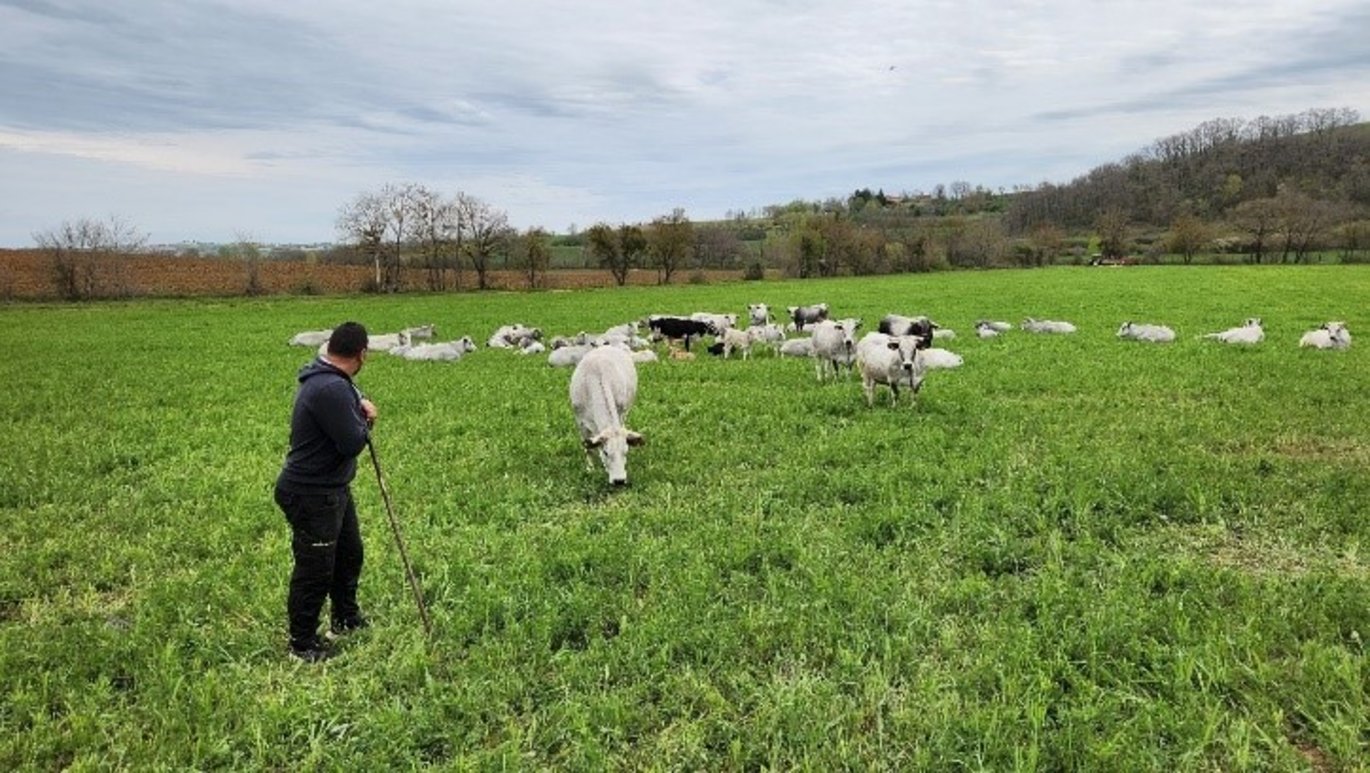Managing labour demands in mixed farming systems
Research carried out in a MIXED project indicates that labour pinch points were predominantly associated with general or seasonal labour, as opposed to managerial labour, and arose more from the number and type of enterprises on a farm than the level of mixedness or integration between them, per se.

Labour is a complex resource to manage in any farming system due to its high cost, the fact that there are peaks and troughs of demand throughout the year, labour units are indivisible, labour cannot be stored and lastly, not all labour is equal. The EIP-AGRI Focus Group on Mixed Farming Systems (2017), identified labour issues as one of the biggest challenges to the uptake of mixed farming in the EU, due in part to the complexity of these types of systems but also due to skills deficits, unattractiveness of farming as a career, lack of incentives for young people to enter farming and lack of motivation to keep livestock. In a newly published report from the MIXED project a workforce planning model framework has been utilised to map labour requirements across a production cycle for a range of case mixed farming system types selected from the MIXED project networks. Current labour requirements and availability were analysed to identify labour and skill pinch points, labour impacts of future business plans and challenges/solutions associated with addressing farm labour pinch points discussed with farmers. The analysis indicted that in these case farms, general and seasonal labour pinch points are the biggest problem and become increasingly so in farm systems with multiple and diverse enterprises (particularly with the introduction of a livestock breeding enterprise) and unpredictable weather patterns. The degree of ”mixedness” or integration between those enterprises was not mentioned explicitly as having an impact on the pinch points identified. Lessons can be learned across case farms as to how individuals have, or plan to address labour issues, and some key recommendations from the study include: • There is a need to address difficulties securing and administering large scale seasonal workforces. This requires political support as well as technological developments (for crop harvesting), and perhaps cropping system changes to reduce total labour demand. • Training and upskilling (across a range of enterprise types), of future and existing staff is needed to provide a more flexible and effective workforce throughout the year. Both staff and employees need to be incentivised to engage with staff development – at present there are barriers in terms of cost, time and perceived security of investment from farmers. • Improved co-operation between farmers could address a number of identified labour pinch points (e.g labour sharing to cover staff leave and holidays and working together to secure the services of arable contractors). • Advisory support and modelling need to be developed to support farmers in cropping and labour planning in the context of increasing extreme and variable weather patterns. |
